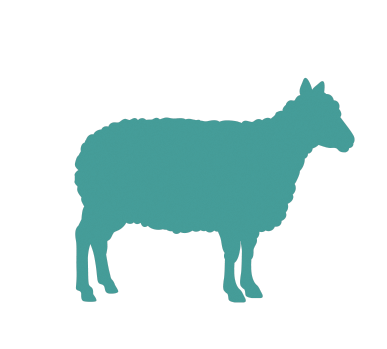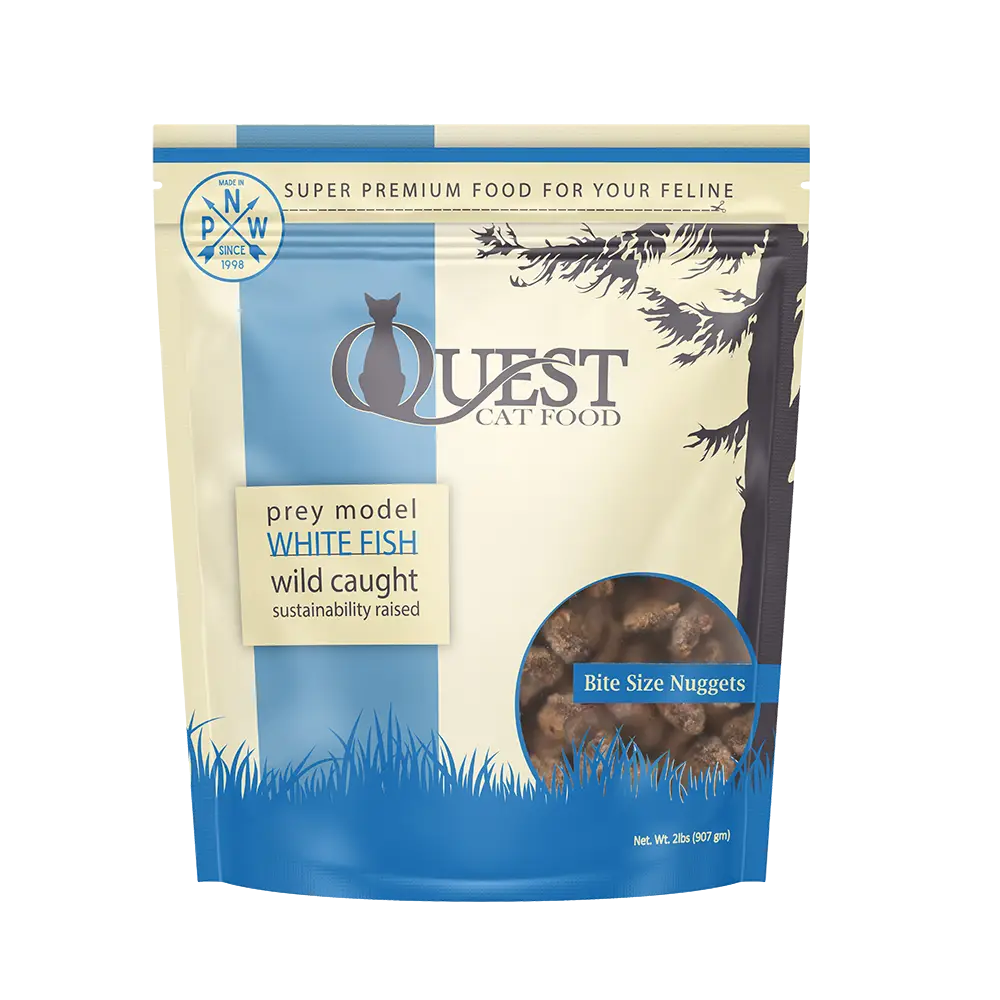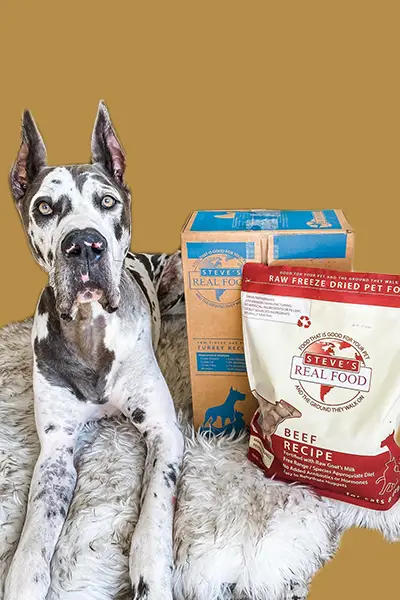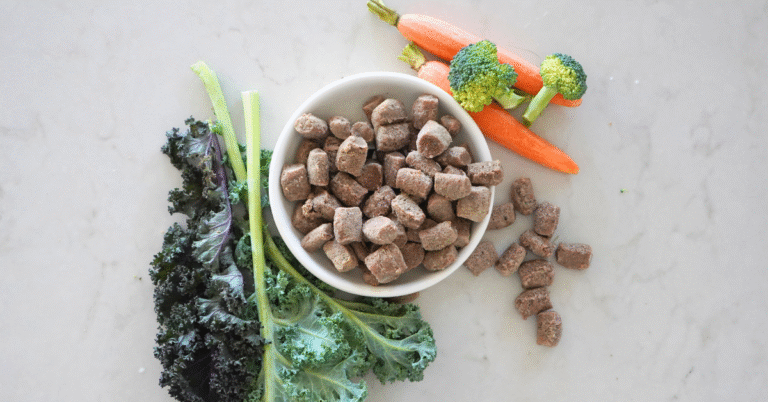Types of Cancer in Dogs
The wait is over on the diagnostic tests, and yes… it confirms our worst fear for our dog: definitive diagnosis is CANCER.
These tests will also tell us what type and grade of cancer our pet has. There are many types of cancer, but according to Veterinary Oncologists, some of the most common types are:
|
|
|
|
|
|
Treatment
Armed with this information, what do we do? There can be many options and ways to look at treating cancer, but the single most important thing to keep in mind is that you, as the owner, know your dog the best, you want what will be the best option for them with the best quality of life and support, and you are the advocate for your pet. Keeping that in mind with that “full spectrum” approach will help you feel confident and comfortable that you are making the best decisions for your pet family.
When the time comes to discuss treatment options, it can be easy to feel overwhelmed. There are many treatment options out there and your decision on how to best treat your pet may be based upon the grade, stage and type of cancer they have, and what is available in your area. Let’s take a quick look at some of these options, both a conventional and alternative, to help you understand your options for a balanced approach.
- Surgery at one time was the only form of treatment for cancer. The goal of surgery is to completely remove a solid tumor. In cases where those solid tumors are localized to a particular organ or site, surgery may be curative. Depending on the tumor type, surgery may be combined with other treatments such as chemotherapy and radiation to target any residual cells left by surgical removal.
- Limb Sparing is a surgical procedure that provides an alternative to amputation in selected dogs being treated for bone tumors. The idea of preserving a limb in dogs is not new, but it is only recently that advances in medical technology have made this procedure possible. The goal in limb sparing is to remove the diseased bone and surrounding tissues while still preserving the function of the remaining limb. The piece of diseased bone that is removed is replaced by a combination of healthy bone from a donor and bone graft from other parts of the patient’s body (see the work being done by the Clinical Oncology Service Veterinary Hospital of the University of Pennsylvania).
- Immunotherapy is the use of the body’s immune system to treat a disease. Immunotherapy is most effective in treating certain cancers such as melanoma, hemangiosarcoma, and lymphoma, among others. There are various types of immunotherapy, ranging from vaccines to injecting cytokines (chemicals that stimulate the body’s own immune system). One advantage of immunotherapy is that it is generally less toxic then chemotherapy.
- Chemotherapy is used to treat cancer at the tumor site, as well as the cancer that may have spread to other parts of the body. Most chemotherapeutic drugs act directly on the cancer cells, preventing them from maturing or reproducing. And unlike humans, the side effects of chemo in pets is relatively mild. The goal with chemo is to slow down the growth of cancer cells, while producing minimal effects on normal cells.
- Radiation Therapy is often used in conjunction with surgery or chemotherapy. Radiation therapy is a conventional medical treatment that sends high-energy particles into tumors. These particles interact with the atoms in the DNA of the cancer cells and destroy them. This, in turn, destroys the cancer cells. Radiation also kills healthy cellsthat fall in its path, such as those in the skin, which can also be harmed. A dog must be under general anesthesia to receive radiation therapy and may require multiple treatment sessions.
- Cryotherapy is a technique that uses extremely cold temperatures produced by liquid nitrogen to kill the abnormal cells. Usually used to treat relatively small, external tumors such as those on the skin, a local sedation or general anesthesia maybe required.
- Photodynamic Therapy (PDT) is a treatment that uses a drug called a photosensitizer with a specific type of light to kill cancer cells. The agent is absorbed by normal cells as well as cancer cells, but stays in cancer cells longer. The tumor is exposed to light after a period of time. The photosensitizer in the tumor absorbs the light and produces an active form of oxygen that destroys the tumor cells. The light needed to activate most photosensitizers is unable to pass through tissue thicker than 1 cm. For this reason, PDT is usually used to treat tumors of the skin or on the lining of internal organ or cavities. PDT is less effective on large tumors, because the light cannot pass very far into the mass. PDT is used for localized tumors and cannot be used to treat metastatic cancer.
- Acupuncture treatments are generally given as an adjunct to support western cancer treatments. Acupuncture can reduce the side effects of chemo and radiation. Acupuncture also increases blood circulation to the cells that need to get blood. There is some thought that acupuncture can help to pull blood away from cancer cells and give it to the parts that need it. Often times with cancer, the body ends up without enough nutrients and energy because the cancer takes it all, and acupuncture is believed to help reverse this.
- Herbal Medicine is the use of botanical remedies. Herbal healing is considered by many to be the oldest form of medicine and has been used by all races, religions, and cultures throughout the world. While most western conventional drugs have one or two specific actions, an individual herb can display multiple actions within the body. When properly administered, herbal medicines generally have far fewer side effects than pharmaceutical drugs.
Herbal medicine is very beneficial in the treatment of cancer. One of the most appropriate and effective uses of herbs is to help reestablish an underlying balance and general state of health of the patient after the patient has been rendered “cancer-free” with conventional therapies. Herbs may also be used as an adjunct to ongoing conventional cancer therapies to offset the side effects of radiation and chemotherapy, enhance the patient’s immune system and aid in tumor reduction itself. - Food Therapy/Nutrition This can be a big part of the complete treatment of cancer in your dog. There are many different “Cancer Diets” out there and a lot of different beliefs in this area regarding raw vs kibble vs home cooked, more protein, less protein etc.
 Beef
Beef Chicken
Chicken Whitefish
Whitefish Pork
Pork Lamb
Lamb Turkey
Turkey Turducken
Turducken All Protein
All Protein Beef
Beef Chicken
Chicken White Fish
White Fish Pork
Pork Lamb
Lamb Turkey
Turkey Duck
Duck All Products
All Products Frozen Raw Pet Food
Frozen Raw Pet Food
 Freeze Dried Raw Pet Food
Freeze Dried Raw Pet Food
 Frozen Prey Diet
Frozen Prey Diet
 Freeze Dried Protein Bites
Freeze Dried Protein Bites
 Frozen Quest
Frozen Quest
 Freeze Dried Quest
Freeze Dried Quest
 Eggs over Easy
Eggs over Easy
 Steve's Merch
Steve's Merch 
















